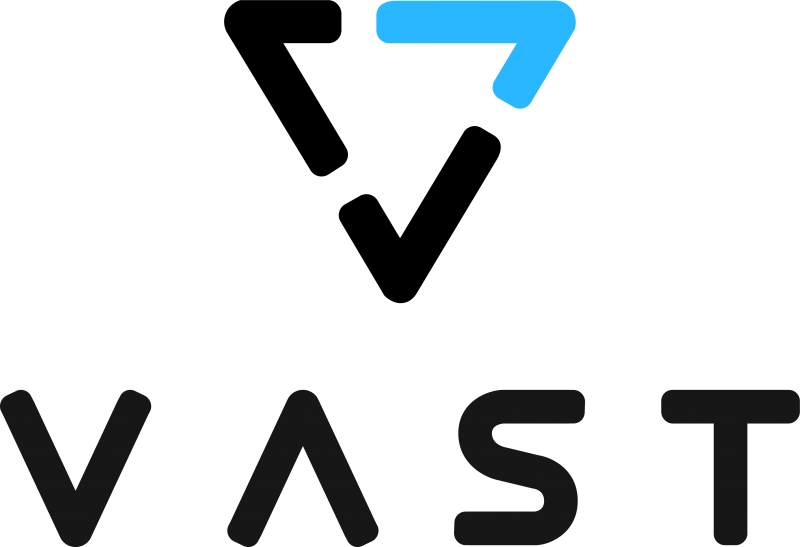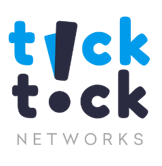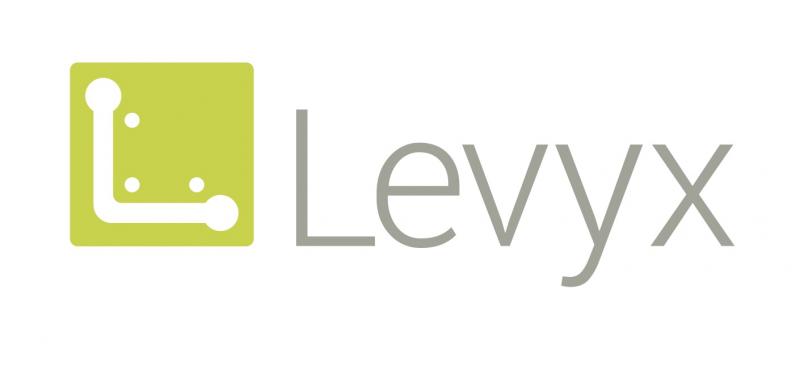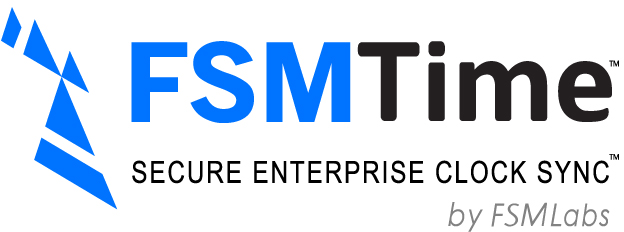STAC Summit, 17 Oct 2019, NYC
STAC Summits bring together CTOs and other industry leaders responsible for solution architecture, infrastructure engineering, application development, machine learning/deep learning engineering, data engineering, and operational intelligence to discuss important technical challenges in trading and investment.
Come to hear leading ideas and exchange views with your peers.
WHERE
New York Marriott Marquis, 1535 Broadway, New York
Astor Ballroom
Agenda
Click on the session titles to view the slides and videos.
 Big Compute
Big Compute
 Fast Compute
Fast Compute
 Big Data
Big Data
 Fast Data
Fast Data
Deep Learning at Scale with PyTorch  |
|
|
As financial firms start to use Deep Learning (DL), many of them run into the challenge of deploying DL models at scale. PyTorch, an open source machine learning platform, is designed to support rapid development and seamless, reliable deployment of models at scale. A key principle of this design is to allow researchers to work in the programming paradigm they're used to, rather than requiring them to shift paradigms for the sake of scalability. In this talk, Jeff Smith, the Senior Engineering Manager supporting the PyTorch team at Facebook AI, will explain its design philosophy and crucial innovations, and how it enables Facebook to run over 400 trillion DL predictions per day. |
Enabling ML in an enterprise production platform  |
|
|
Achieving end-to-end efficiency and consistency in analytics pipelines is very difficult. It's even more difficult when the financial stakes are high, models must comply with regulations, or the number of developers is large. JPMC faces all of these challenges with its enterprise-scale risk, trade management, and analytics platform called Athena. Over time, Athena has evolved to over 35 million lines of Python code, thousands of developers, and 10-15,000 production changes per week in business-critical areas such as risk, analytics and pricing. Today the proliferation of machine learning within the bank is raising the bar in many ways, including a higher rate of package churn, ever more data scientists and quant traders writing their own code, and new demands for hardware acceleration. As the leader of the team extending Athena's ML capabilities, Misha will share the key elements that make the platform succeed and discuss how his team is tackling the next phase of its evolution. |
MLOps - A familiar but strange endeavor  |
||
MLOps refers to a collaborative approach between data scientists and technologists for managing the lifecycle of machine learning models, from training through deployment to monitoring, refinement, and retirement. Managing analytic models is not a new challenge in finance, but MLOps introduces considerable new complexities. Why is that? How do the challenges differ by type of firm (e.g., large, regulated institution vs small unregulated)? What constitutes best practices for managing data, models, and research histories in different business environments? Which pain points can new technology help with? What is required from technical leaders and the organizations they manage? Our panel of experts will weigh in. |
STAC Update: Big compute |
|
|
Michel will discuss the latest research and activities in compute-intensive workloads such as deep learning and derivatives risk. |
Why a single C++ API makes sense for heterogeneous compute infrastructure    |
|
|
The future of computing in finance certainly seems heterogeneous. It’s a fair bet that in the coming years, optimizing the latency, throughput, and cost efficiency of a given workload will increasingly require some combination of scalar (CPU), vector (GPU), matrix (AI) and spatial (FPGA) processors. These architectures require an efficient software programming model to deliver performance. As we often discuss at STAC, high-level languages like Python or frameworks like Spark make it relatively easy to deal with this diversity, since they allow for highly optimized platform-specific libraries under the covers. But what about programs written in C++? Many performance-obsessed programmers prefer C++ because it provides the greatest exposure to the capabilities of underlying hardware. With that exposure, however, comes a requirement to code to the specifics of the hardware, making coding difficult and non-portable. Furthermore, attempts to program FPGAs in C++ have historically suffered in terms of performance. In short, no one has yet come up with a market-winning answer to the tension between performance, portability, and ease of use. However, as a provider of all of the processor types above, Intel has developed a point of view on the best approach to these challenges. As a senior technologist in Intel’s compiler team, JD will articulate that point of view as well as outline how Intel is putting it into practice through its OneAPI initiative (including architecture, tooling, and development status). |
STAC Update: Big data |
|
|
Michel will discuss the latest research and activities in data-intensive workloads such as tick analytics and backtesting. |
Drinking from the firehose: streaming ingest benchmarks  |
|
|
Most of the fast data that flows through a financial organization winds up as big data. That is, it's captured in a database somewhere for analysis, either immediately or later. But the process of ingesting high-volume streaming data and making it available through visualizations or query interfaces is challenging and getting more so. This session will examine empirical data from two examples in this problem domain. First, Peter will present a benchmarking project on a visualization system designed specifically for realtime streaming data. Then he and Edouard will present a prototype of database ingest tests using event-driven datastreams, which will be proposed for consideration by the STAC-M3 Working Group. |
STAC Update: Fast Data |
|
|
Peter will discuss the latest research and activities in latency-sensitive workloads such as tick-to-trade processing. |
How hard could it be? Understanding network traffic at the picosecond level  |
|
|
The proliferation of double-digit nanosecond (FPGA based) trading systems is forcing firms to measure things at finer and finer accuracies. Several vendors now offer sub-nanosecond or “picosecond-scale” network measurement technologies. Firms that make use of such technologies need to consider what other changes, if any, they need to make to their measurement infrastructure as a result. Is it feasible to simply “drop in” picosecond scale network measurements, or are fundamental changes in thinking required? In this session, Matthew will offer theoretical and practical viewpoints on the implications of picosecond-scale network measurement techniques. To illustrate these, he will refer to Exablaze’s work with STAC to “upgrade” certain STAC benchmarks to accuracies better than a nanosecond. |
Democratizing time sync to level the playing field  |
|
|
How can exchanges ensure fairer execution? How can they improve the simultaneity of market data receipt? How can liquidity takers reduce what they give up on multi-venue trades to market makers with faster pipes? And how can any of this be done without huge investments in infrastructure? According to Balaji, the answer to all these questions starts in one place: highly accurate software-based time synchronization. He claims that accurate time sync deployed at scale can transform an unpredictable market into a nearly perfect FIFO machine, even if that market is built upon extremely jittery infrastructure. In this talk, Balaji will back up his claim with a demonstration. By activating time sync in a simulated market running across several dozen (low-end) public cloud VMs, he will attempt to show that the market behaves as if it had deterministic and equal latency throughout. How well will he do? Come to find out and debate the implications. |
About STAC Events & Meetings
STAC events bring together CTOs and other industry leaders responsible for solution architecture, infrastructure engineering, application development, machine learning/deep learning engineering, data engineering, and operational intelligence to discuss important technical challenges in financial services.
 |
 |
 |
|---|---|---|
Event Resources
Speakers
 Jeff SmithFacebook AI
Jeff SmithFacebook AI Misha TselmanJPMorgan Chase & Co.
Misha TselmanJPMorgan Chase & Co.
 Britt EwenLord Abbett & Co.
Britt EwenLord Abbett & Co. Gary KazantsevBloomberg
Gary KazantsevBloomberg
 Josh PantonyBoosted AI
Josh PantonyBoosted AI J.D. PatelIntel
J.D. PatelIntel
 VR SatishPavilion Data
VR SatishPavilion Data Jeff DenworthVAST Data
Jeff DenworthVAST Data
 Boni BrunoDell EMC
Boni BrunoDell EMC Ciaran KennedyArista
Ciaran KennedyArista
 Dr. Matthew GrosvenorExablaze
Dr. Matthew GrosvenorExablaze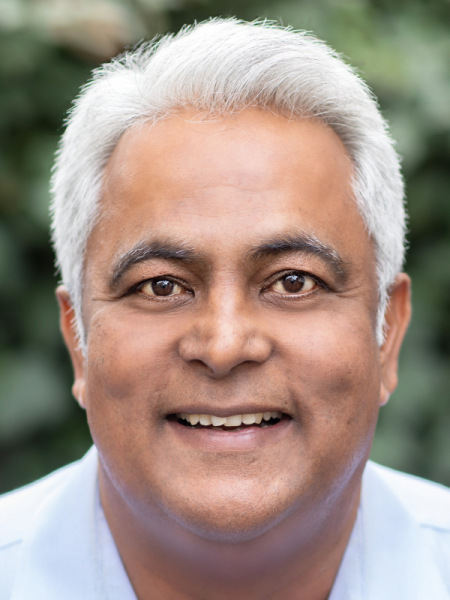 Dr Balaji PrabhakarTick Tock
Dr Balaji PrabhakarTick Tock
 Mark ColemanDotscience
Mark ColemanDotscience Mutema PittmanIntel
Mutema PittmanIntel
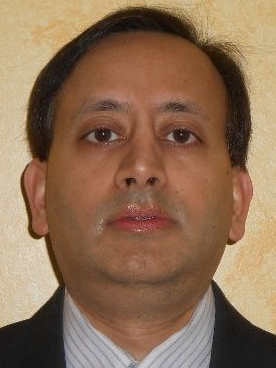 Rajiv JainXilinx
Rajiv JainXilinx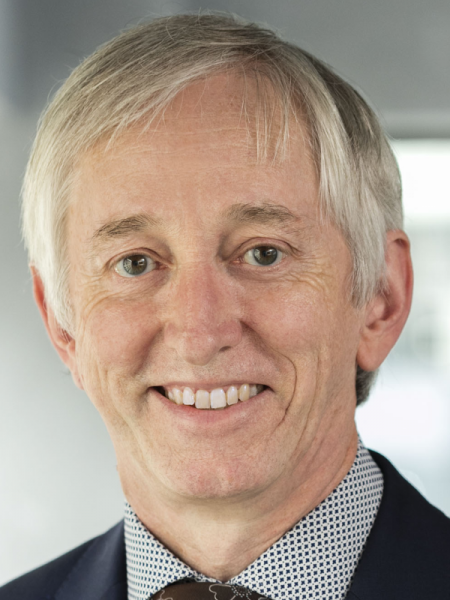 Glenn WrightKx Systems
Glenn WrightKx Systems
 Edouard AlligandQuasarDB
Edouard AlligandQuasarDB Brett MillerMemVerge
Brett MillerMemVerge
 Matt MeinelLevyx
Matt MeinelLevyx Björn KolbeckQuobyte
Björn KolbeckQuobyte
 Jason WhiteExegy
Jason WhiteExegy Laurent de BarryEnyx
Laurent de BarryEnyx
 Pierre GardratNovasparks
Pierre GardratNovasparks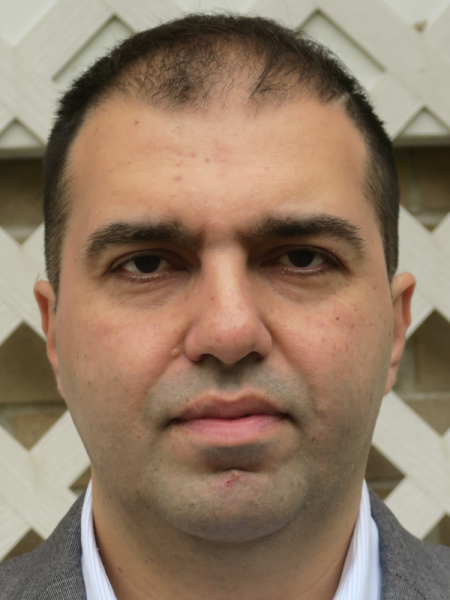 Vahan SardaryanLDA Technologies
Vahan SardaryanLDA Technologies
 Frederic LeensExostiv Labs
Frederic LeensExostiv Labs Lior PasterMellanox
Lior PasterMellanox


 Victor YodaikenFSMTime by FSMLabs
Victor YodaikenFSMTime by FSMLabs Michel DebicheSTAC
Michel DebicheSTAC Peter LankfordSTAC
Peter LankfordSTAC


